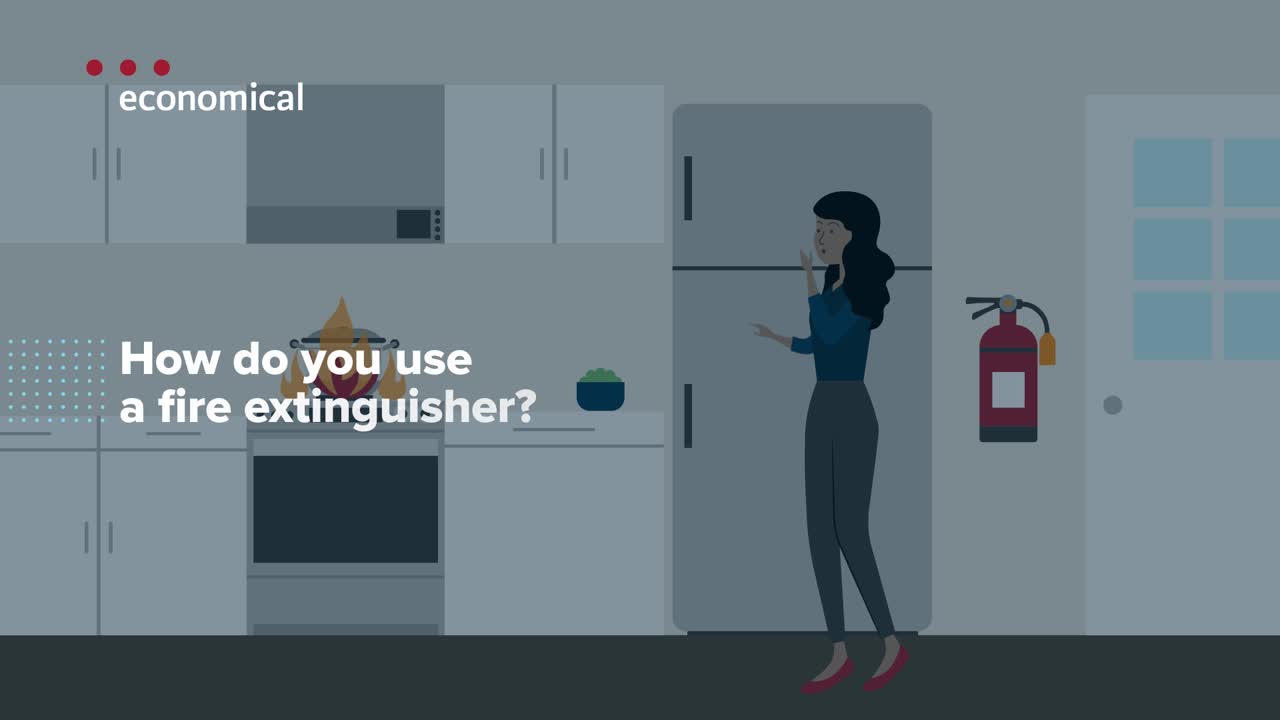How to safeguard your home against fire
Written by Cheri Armstrong | Published on: August 30, 2016 | Updated on: March 12, 2019 | Categories: Home insurance
Your home is your sanctuary, and it’s the place where you should feel the safest. That’s why house fires can have such an emotional impact. They put the safety of the people you love at risk and can destroy a lifetime of memories in mere moments.
Preventing fires is easier than you might think, and taking simple precautions can protect you and your family. Check out these eight easy tips to get started:
- Install smoke detectors. Installing alarms in your home is not only required by law, it’s also your first line of defence against a fire. Alarms should be mounted on every floor and maintained regularly. Don’t forget to:
- Test your alarm monthly
- Vacuum each unit every six months
- Change the batteries twice a year
- Replace your alarms every 10 years
- Keep it calm in the kitchen. Cooking is one of the leading causes of house fires. It only takes seconds for an unattended pan to spatter grease or overheat and ignite materials around it. Keep your kitchen safe by staying on task, rolling up your sleeves, using lids to avoid splatters, and turning pot handles inward while cooking. Learn some more ways to avoid cooking-related fires and how to put out a kitchen fire once it starts.
- Take it outside. Sadly, smoking is still one of the leading causes of house fire fatalities. If you’re a smoker, you can reduce your risk by smoking outside and placing your extinguished butts in a can of water or sand.
- Mind your appliances. Faulty outlets and old wiring are the main cause of most electrical fires in homes. That’s why it’s important to replace worn cords and not overload outlets. Find out what else you can do to prevent electrical fires at home.
- Use your fireplace safely and never leave it unattended. When you light a fire, be sure to open the damper before lighting it and leave the flue open. Keep embers off floors and rugs by using a fireplace screen, and always have a professional clean and inspect your chimney annually. You should also take these important steps to protect your family and home when you use your fireplace.
- Be a proactive homeowner. Look for trouble spots by walking around your home and property, and fix potential hazards. Don’t let flammable materials like newspaper accumulate, use the proper wattage bulbs in lights, and don’t store fuels inside your home.
- Practice your evacuation plan. In the 1970s, people generally had, on average, 17 minutes to escape a house fire. Now, it’s less than 3 minutes thanks to new, highly flammable fabrics and raw materials used in household furniture. That’s why it’s vitally important to have a family escape plan in place. Draw one up today, get your family involved, and practice, practice, practice!
- Have your extinguisher ready. Sometimes a fire breaks out despite your best efforts to prevent it, and a fire extinguisher can be a great way to put out the flames and prevent them from spreading through your home. To make sure your fire extinguisher is ready to use when you need it, remember to check the pressure gauge monthly, recharge your extinguisher when needed, give it a little shake once in a while to prevent the chemicals from solidifying, and replace it when it hits its expiry date. Learn how fire extinguishers work, where you should keep your fire extinguisher, which type of extinguisher you should have, and more.
How to use a household fire extinguisher
Using a fire extinguisher is pretty easy, as long as you remember the “PASS” technique — pull, aim, squeeze, and sweep. Let’s take a look at how it works:

- When a fire breaks out, check to make sure it’s small enough for you to put out with a fire extinguisher without putting yourself or others in danger.
- If it looks like you can manage the fire, grab your fire extinguisher.
- Stand about three metres away from the fire and begin the “PASS” technique.
- #1: Pull out the locking pin to unlock the operating lever.
- #2: Aim the nozzle or hose at the base of the fire.
- #3: Squeeze the trigger handle all the way to release the extinguishing chemical.
- #4: Sweep the nozzle or hose from side to side and from front to back, across the base of the fire.
- That’s P-A-S-S: Pull, Aim, Squeeze, and Sweep.
- While most fire extinguishers work with the PASS method, your extinguisher might not.
- Read the instruction manual for specific directions.
Remember, an ounce of prevention is worth a pound of cure — especially when it comes to the safety of your family and protecting the place that you call home. If you’d like some guidance in finding the best insurance to protect your home in case of a fire, talk to your group’s licensed broker.
Share these tips on Facebook or Twitter to help other homeowners prevent fires, too.